Yes, a keyboard can easily and effectively be used as a MIDI controller for a variety of creative tasks.
With the right cables, software, and settings, any keyboard from synthesizers to digital pianos can output MIDI data for controlling instruments, DAWs, effects, and more.
Let’s take a closer look at how to set up your keyboard as a MIDI controller and leverage it in your productions.
Can a Keyboard Be Used as a MIDI Controller?
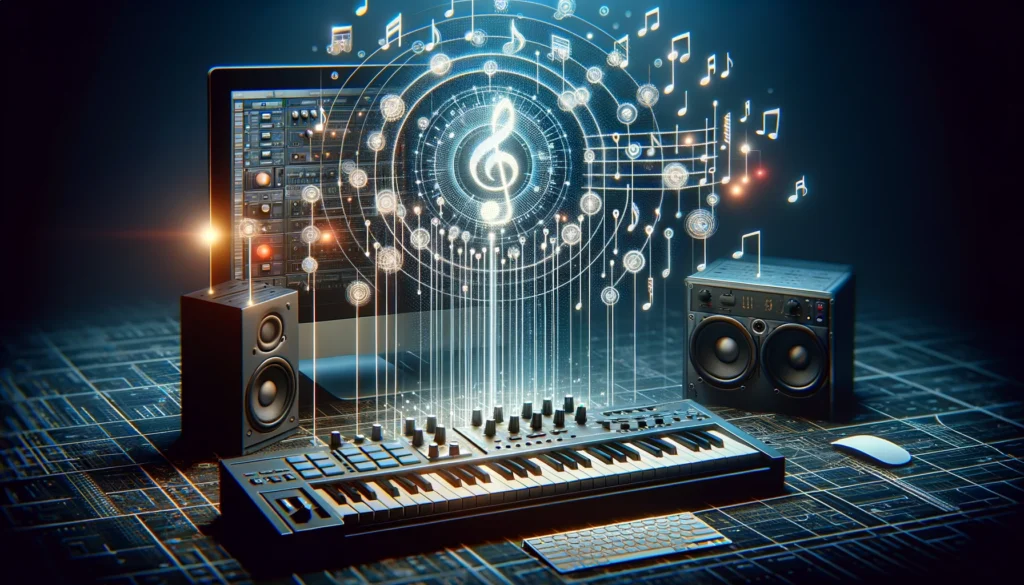
Yes, with the proper connections and configuration, any keyboard can be utilized as a MIDI controller to manipulate virtual instruments, control DAW parameters, and more.
We’ll explore the specifics below, but in short – your keyboard contains untapped potential as a MIDI controller.
Understanding MIDI

MIDI, which stands for Musical Instrument Digital Interface, is a technical standard that allows electronic musical instruments, computers, and other devices to communicate with each other.
It was developed in the 1980s to provide a standardized way for different electronic music devices to exchange information about notes, timing, and other musical data.
MIDI works by sending and receiving messages that represent musical events, such as a key being pressed on a keyboard or a knob being turned on a synthesizer.
These messages can be used to control various aspects of a musical performance, such as the pitch, velocity, and duration of notes, as well as the settings of various musical parameters like volume, panning, and effects.
Using a Keyboard as a MIDI Controller

A MIDI controller is a device that generates MIDI data and sends it to other devices, such as a computer or a synthesizer.
Many keyboards can be used as MIDI controllers, as they are designed to output MIDI data when keys are pressed or other functions are activated.
Common keyboard features that can be used for MIDI control include:
– Keys (which can be used to trigger notes or other events)
– Modulation wheels and pitch bend levers (which can be used to control pitch bend and modulation depth)
– Sliders and knobs (which can be used to control various parameters like volume, panning, and effects)
Connecting a Keyboard to Output MIDI
To use a keyboard as a MIDI controller, it must be connected to a device that can receive MIDI data.
This can be done using a MIDI cable, which is a specialized cable with 5-pin DIN connectors on each end.
Alternatively, many modern keyboards can be connected to a computer or other device using a USB cable, which allows them to send MIDI data directly to the device without the need for a separate MIDI interface.
Keyboard Types Suited for MIDI Control
There are several different types of keyboards that are well-suited for use as MIDI controllers:
– Digital pianos and synthesizers: These keyboards often have a wide range of features and functions that can be used for MIDI control, such as sliders, knobs, and modulation wheels.
– MIDI controllers: These are keyboards that are specifically designed for use as MIDI controllers, and often have a wide range of assignable knobs, sliders, and other controls.
– Arranger keyboards: These keyboards are designed for use in live performance and often have a wide range of features
for controlling accompaniment and other musical elements.
Configuring the Keyboard for MIDI
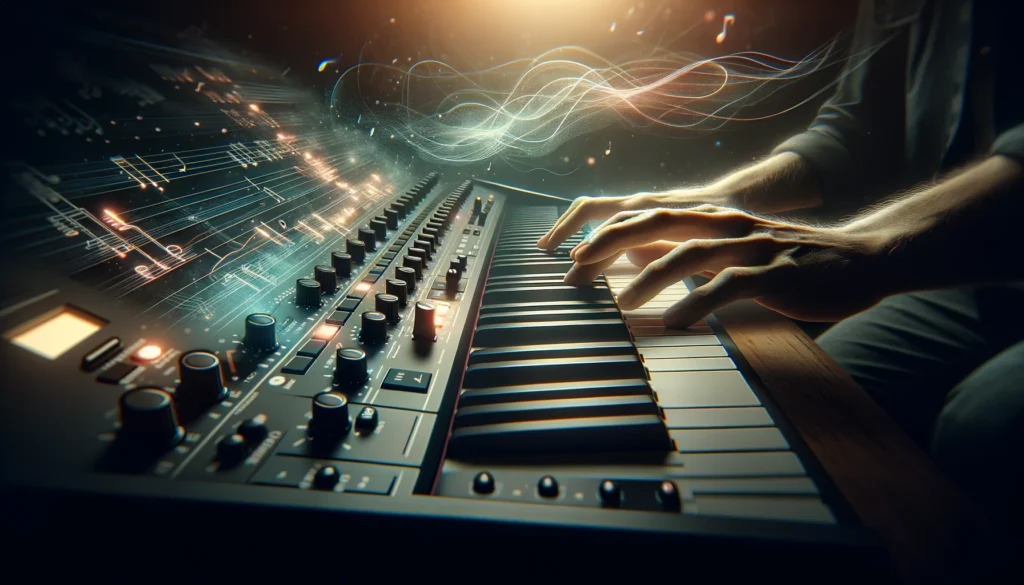
To use a keyboard as a MIDI controller, it must first be configured to output MIDI data in the desired format.
This typically involves setting up the keyboard to send MIDI messages on the appropriate channels and assigning specific keys or functions to specific MIDI commands.
Setting up the Keyboard to Output MIDI
The exact process for setting up a keyboard to output MIDI data will vary depending on the specific model and make of the keyboard.
However, most keyboards will have a menu or settings screen that can be used to configure MIDI output.
This may involve setting the MIDI output channel, which determines which channel the keyboard will send MIDI data on, as well as configuring other settings like the MIDI device ID or the type of MIDI messages that will be sent.
Mapping Keyboard Keys/Functions to MIDI Commands
In addition to configuring the overall MIDI output settings, many keyboards also allow individual keys or functions to be mapped to specific MIDI commands.
This can be done using the keyboard’s settings menu or a dedicated software application.
For example, you might map the modulation wheel on your keyboard to MIDI CC #1 (modulation depth), allowing you to control the depth of modulation on a synthesizer by moving the wheel.
Similarly, you might map a specific key on the keyboard to a MIDI program change message, allowing you to switch between different sounds or patches on a synthesizer by pressing a single key.
Using Keyboard Velocity/Aftertouch for Expressive MIDI Control
Many keyboards also support velocity-sensitive and pressure-sensitive (aftertouch) keys, which can be used to add expressive control to MIDI performances.
Velocity refers to how hard a key is struck, while aftertouch refers to the pressure applied to a key after it has been pressed down.
By mapping keyboard velocity and aftertouch to specific MIDI parameters, you can use your playing dynamics to control various aspects of the sound, such as the volume, brightness, or filter cutoff frequency.
This can add a significant amount of expressiveness and nuance to your MIDI performances.
Advantages of Using a Keyboard as a MIDI Controller
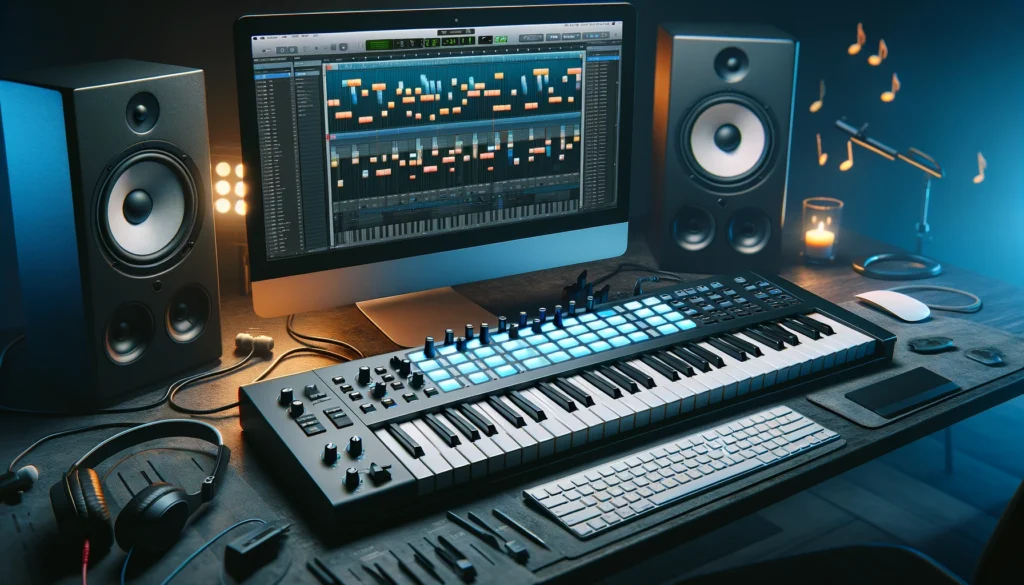
There are several advantages to using a keyboard as a MIDI controller:
Greater Expressive Control over MIDI Instruments
By using a keyboard with velocity-sensitive and
pressure-sensitive keys, you can add a significant amount of expressiveness and nuance to your MIDI performances.
This can be particularly useful when controlling synthesizers or other instruments that respond to velocity and aftertouch data.
Familiarity and Flexibility of a Traditional Keyboard Interface
For musicians who are already familiar with playing a traditional keyboard instrument, using a keyboard as a MIDI controller can be a more natural and intuitive experience than using a dedicated MIDI controller with knobs and sliders.
Additionally, many keyboards offer a wide range of features and functions that can be used for MIDI control, making them a flexible and versatile choice for a variety of musical applications.
Access to Advanced Keyboard Features like Modulation Wheels
Many keyboards also offer advanced features like modulation wheels, pitch bend levers, and other controls that can be used to add additional expressiveness and control to MIDI performances.
These features can be particularly useful for creating dynamic and engaging musical performances.
Limitations Compared to Dedicated MIDI Controllers
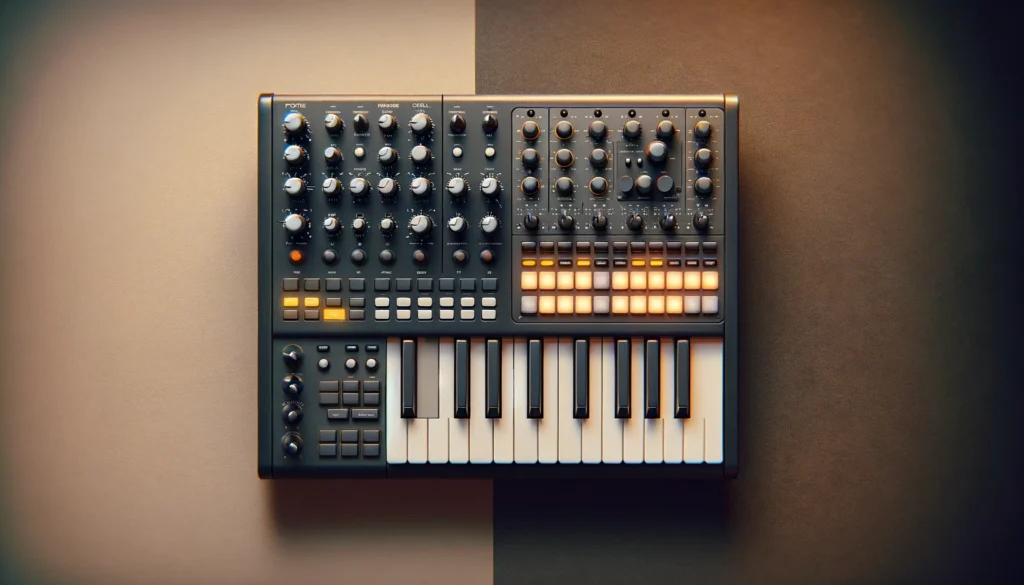
While keyboards can be used as effective MIDI controllers, there are some limitations compared to dedicated MIDI controllers:
Fewer Dedicated Knobs/Sliders for CC Control
Dedicated MIDI controllers often feature a large number of assignable knobs, sliders, and other controls that can be used to manipulate a wide range of MIDI parameters in real-time.
Keyboards, on the other hand, may have fewer of these types of controls, which can limit the amount of real-time control that you have over your MIDI instruments.
Limited Transportability Compared to Compact MIDI Controllers
Many dedicated MIDI controllers are designed to be compact and portable, making them easy to transport to gigs or recording sessions.
Keyboards, on the other hand, can be larger and more cumbersome to transport, which may be a consideration for musicians who need to move their equipment frequently.
Tips for Using a Keyboard as an Effective MIDI Controller
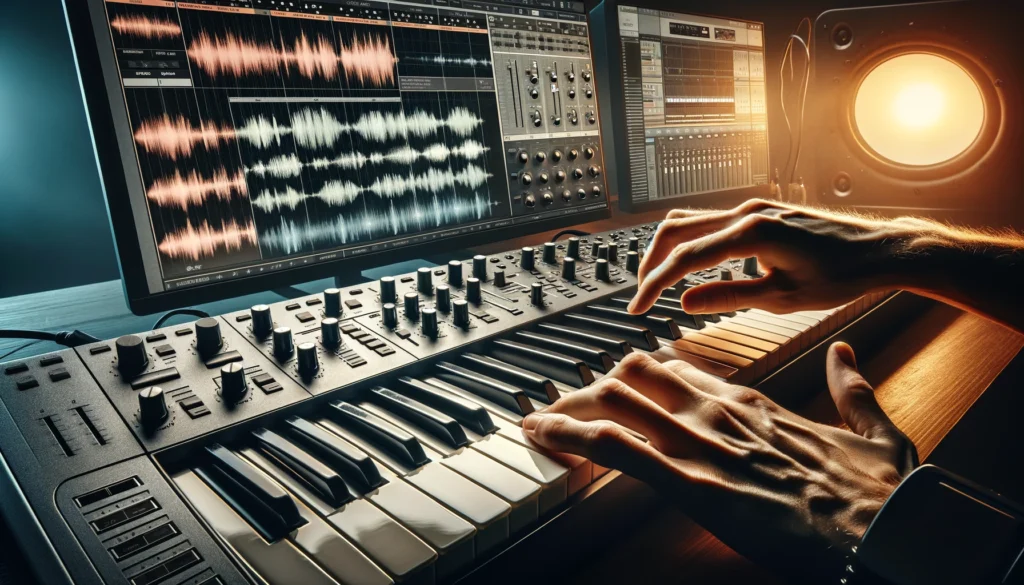
Here are some tips for getting the most out of your keyboard as a MIDI controller:
Use Keyboard Velocity/Aftertouch for Dynamics
If your keyboard supports velocity-sensitive and pressure-sensitive keys, be sure to take advantage of these features to add expressiveness and nuance to
your MIDI performances.
Map keyboard velocity and aftertouch to parameters like volume, brightness, or filter cutoff frequency to create dynamic and engaging musical performances.
Map Modulation Wheels/Knobs to Useful CCs
Most keyboards have modulation wheels, pitch bend levers, and other controls that can be used to manipulate MIDI parameters in real-time.
Be sure to map these controls to useful MIDI Continuous Controller (CC) numbers, such as modulation depth (CC #1), expression (CC #11), or filter cutoff frequency (CC #74).
Customize Keymappings for Your Workflow
Many keyboards allow you to map specific keys or functions to specific MIDI commands, such as program changes or control changes.
Take advantage of this feature to create custom keymappings that are tailored to your specific musical needs and workflow.
By following these tips and taking advantage of the features and capabilities of your keyboard, you can use it as a powerful and expressive MIDI controller that can help you create dynamic and engaging musical performances.
Conclusion
In summary, while dedicated MIDI controllers have merits, using a standard keyboard as a MIDI controller provides versatility, expressiveness and a familiar playing experience.
With proper setup and mapping, a keyboard can become the centerpiece of a capable and customized MIDI control system.
The ability to leverage keyboard playing dynamics and manipulate real-time parameters makes producing dynamic performances possible.
